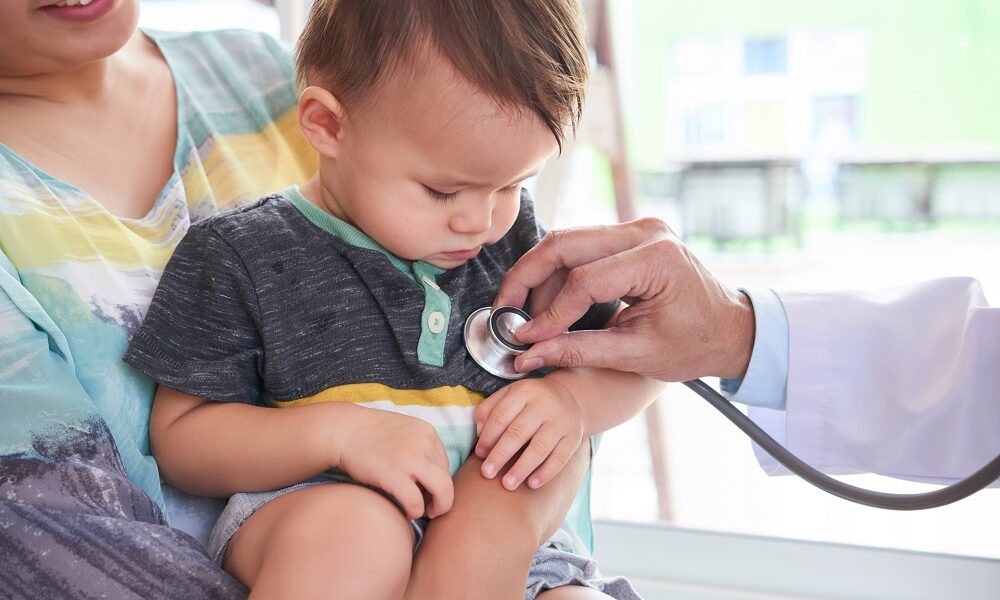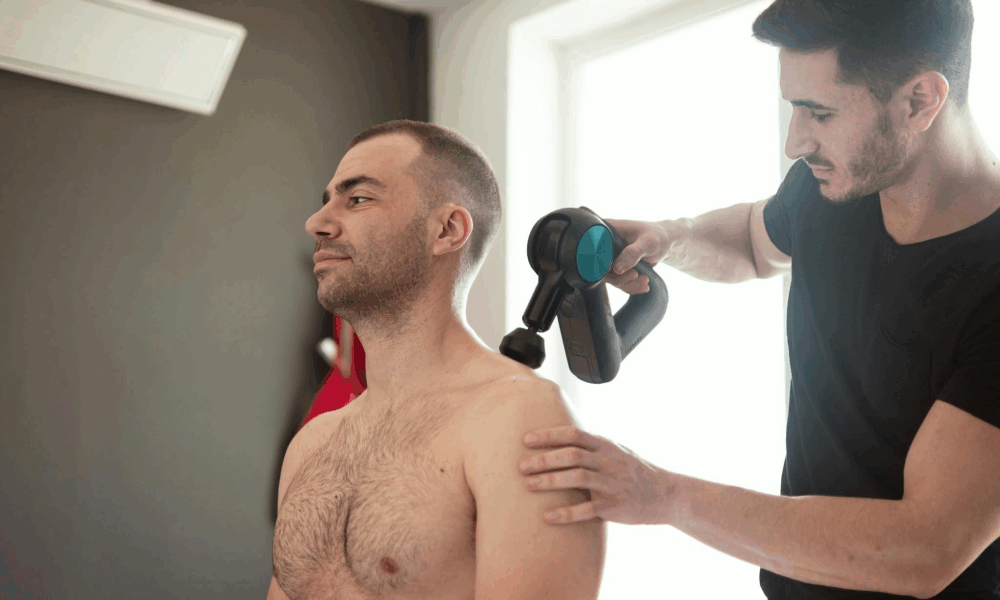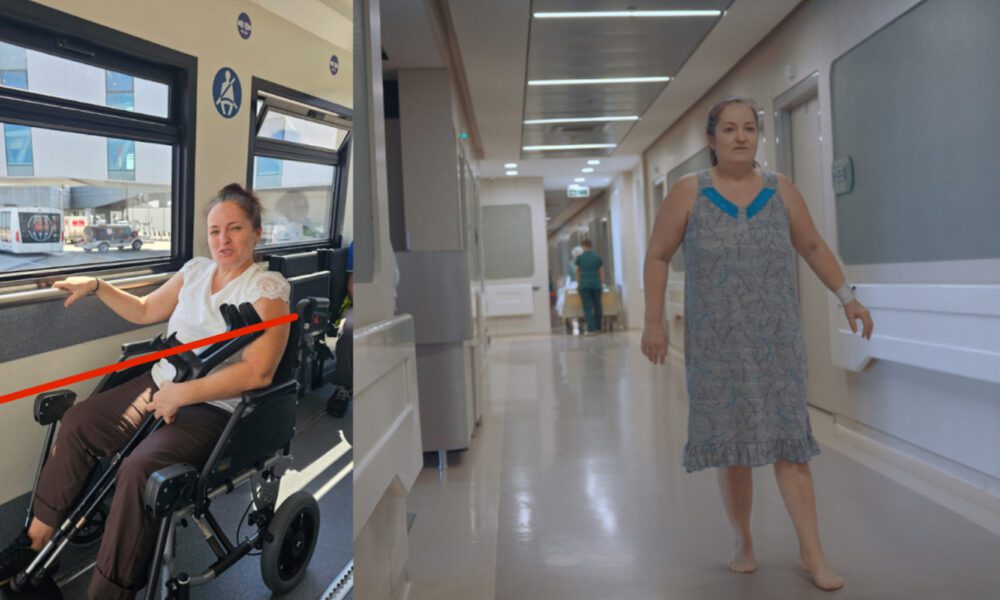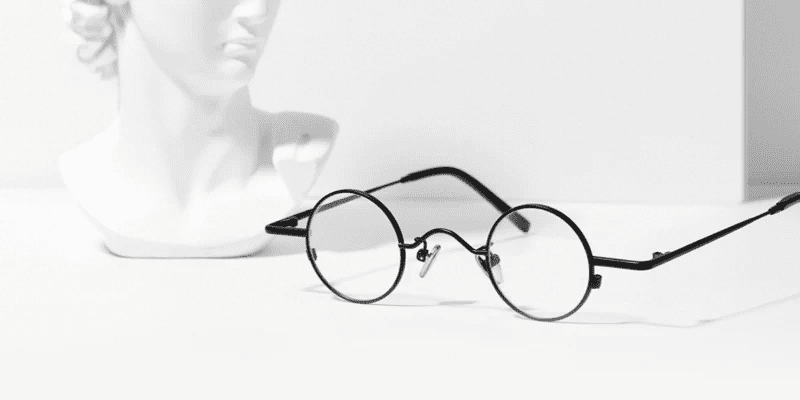Pediatric cardiology has always demanded precision, empathy, and multidisciplinary collaboration. But in recent years, the field has been undergoing a significant transformation, thanks to healthtech innovations that are making diagnosis faster, surgeries safer, and post-treatment monitoring more personalized. As digital tools and medical technologies converge, pediatric cardiac care is entering a new era that prioritizes not just survival, but long-term quality of life.
Access to these innovations is expanding across urban and semi-urban regions. Seeking care from a qualified Pediatric Cardiologist in India now often means gaining access to advanced cardiac imaging, minimally invasive procedures, AI-assisted diagnostics, and cloud-based patient records, all under one roof. This shift is making expert-level care more equitable and responsive to the evolving needs of young patients and their families.
While much of this transformation is taking place within hospital systems, it’s also being shaped by the broader digital health ecosystem. From smart sleep monitoring wearables to telehealth-based second opinions, even changes in everyday routines can hold medical relevance. When good sleepers suddenly start waking again, it might signal subtle physiological stress or heart-related discomfort, something tech-powered pediatric monitoring is now increasingly equipped to detect.
Remote Diagnostics and AI: Changing the First Point of Contact
Traditionally, parents noticed something “off” with their child and visited a general pediatrician, who then referred them to a cardiologist. Today, digital stethoscopes, AI-powered ECG devices, and mobile-connected pulse oximeters are enabling faster, more accurate identification of abnormalities even at primary clinics or through home visits. These tools are not meant to replace specialists but are empowering frontline caregivers to make more informed referrals early on.
Artificial intelligence is also proving useful in interpreting pediatric ECGs and echocardiograms. In infants, where heart rates vary widely and symptoms can be subtle, AI tools help reduce the likelihood of misinterpretation. Machine learning algorithms trained on thousands of pediatric heart data points can highlight potential red flags that warrant further review by a cardiologist.
Fetal Cardiac Imaging: Detecting Problems Before Birth
Fetal echocardiography is no longer limited to specialist centers. With portable ultrasound devices becoming more powerful and affordable, more obstetricians and radiologists can screen for congenital heart anomalies as early as the second trimester. If a defect is detected, pediatric cardiologists can be looped in immediately to prepare for delivery, neonatal intervention, or surgery.
Digital fetal cardiac mapping tools are also becoming standard in high-risk pregnancy clinics. These allow for a 3D visualization of heart structures in utero, offering superior planning accuracy for postnatal procedures. Combined with electronic fetal monitoring, this helps care teams intervene with speed and precision often before symptoms become life-threatening.
Surgical Planning with 3D Printing and VR Simulation
One of the most exciting advances in pediatric cardiac surgery is the use of 3D printing and virtual reality for preoperative planning. Surgeons can now create exact replicas of a child’s heart based on CT or MRI scans. These models allow them to study unique anatomical complexities in advance and simulate the surgical approach. This is particularly helpful in treating rare defects like transposition of the great arteries or complex valve malformations.
VR simulation also allows junior doctors and surgical teams to rehearse procedures collaboratively, improving outcomes and reducing operation times. In delicate neonatal surgeries, where millimeter-level accuracy is critical, such technological augmentation can mean the difference between complications and complete recovery.
Post-Operative Monitoring: IoT and Wearables in Recovery
Once the surgery is over, the real work begins monitoring the child’s progress and ensuring optimal recovery. Healthtech has improved this phase through IoT-connected devices like smart pulse oximeters, heart rate monitors, and wearable EKG patches. These tools can sync with cloud platforms to give cardiologists real-time access to patient vitals from anywhere.
Parents can be alerted to changes in breathing, blood oxygen levels, or heart rhythm through mobile apps connected to these wearables. This level of monitoring provides peace of mind to families and allows for early intervention if something goes wrong, especially in the crucial first few weeks post-discharge.
Tele-rehabilitation platforms are also supporting remote recovery. Guided physical therapy, nutritional counseling, and medication tracking all delivered digitally are making it easier for families who live far from major hospitals to maintain continuity of care without frequent in-person visits.
Data-Driven Personalization: The Role of EMRs and Predictive Analytics
Electronic Medical Records (EMRs) are no longer just storage systems, they’re active participants in patient care. In pediatric cardiology, EMRs integrated with predictive analytics tools can track trends in a child’s development, medication response, and symptom patterns over time. This helps cardiologists personalize treatment protocols for better long-term outcomes.
For children with chronic heart conditions requiring lifelong follow-up, such as single ventricle physiology or post-Fontan procedure cases, this kind of data continuity is vital. Predictive alerts can be programmed to flag anomalies or suggest upcoming diagnostic assessments, supporting proactive management.
Genetic Insights and Future of Precision Cardiology
Another area where healthtech is having a profound impact is in genetic screening. Many congenital heart diseases have a genetic component, and early testing can help assess not only the patient’s risk but also inform treatment options. Whole exome sequencing and targeted genetic panels are helping pediatric cardiologists understand why a condition exists—and how best to treat it.
In the near future, we may see personalized drug protocols based on a child’s genetic metabolism profile, improving efficacy and minimizing side effects. Combined with wearable biosensors, it opens the door to truly precision-based pediatric cardiac care.
Bridging Gaps with Telehealth and Multi-Center Collaboration
Telecardiology is revolutionizing access to care for families in underserved areas. Through video consultations, cloud-based imaging, and mobile diagnostics, pediatric cardiologists can now consult on cases from remote villages to second-tier cities. This is especially valuable in emergency decision-making, where time-sensitive guidance can mean saving a life.
Multi-center collaboration is also gaining traction. Pediatric cardiology units are forming digital alliances with global experts, sharing rare case data and leveraging collective knowledge to inform treatment for complex or rare conditions. These knowledge exchanges are setting new benchmarks in how care is delivered and refined.
Final Thoughts
Pediatric cardiology is evolving beyond stethoscopes and scans, it’s entering a digitally empowered, data-informed era where every heartbeat can be monitored, interpreted, and protected using technology. From AI-enhanced diagnostics to VR-assisted surgery and wearable-powered aftercare, the convergence of healthtech and cardiac science is creating new possibilities for young patients and their families.
As India continues to lead in health innovation, pediatric cardiology is benefiting from this momentum. Access to skilled specialists, combined with cutting-edge tools, is giving even the smallest hearts a stronger chance to beat, thrive, and grow into healthy futures.












Leave a Reply